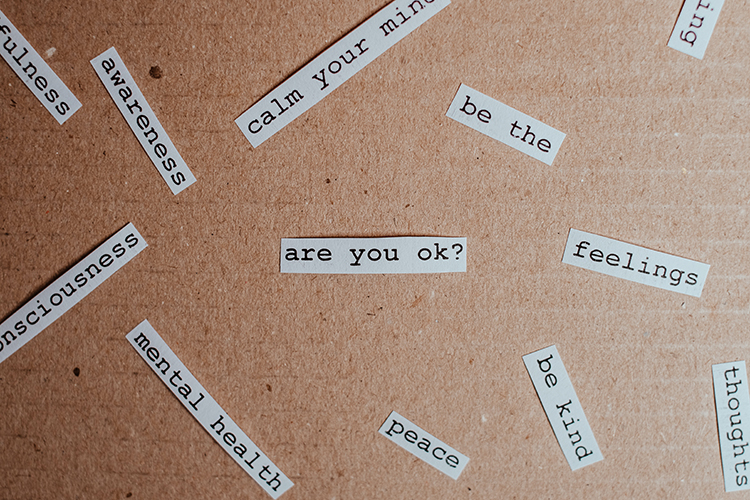In keeping with SAMHIN’s mission of greater dialogue on mental health in the South Asian community and highlight the important work of others, we invited Tanish Apte-Joshi, a high school senior and SAMHIN volunteer, to share his thoughts on stigma associated with mental illness in South Asian youth.
Mental health stigma is a significant issue in many cultures around the world, and unfortunately, South Asian American youth are not immune to its effects. In this blog post, we will explore the various ways mental health stigma affects South Asian American youth and what can be done to address this issue.
First, it’s essential to understand what we mean by mental health stigma. Stigma refers to negative attitudes, beliefs, and behaviors towards individuals who have a mental health condition. Stigma can manifest in many ways, including discrimination, prejudice, and social rejection. Much of this can lead to feelings of shame, isolation, and fear of seeking help, which can exacerbate mental health conditions like depression and anxiety.
South Asian American youth face unique challenges when it comes to mental health stigma. For one, mental health is often considered a taboo topic in South Asian cultures, where there is a prevailing belief that mental health issues are a personal failing or weakness. This attitude can make it challenging for South Asian American youth to seek help or talk openly about their mental health struggles. Additionally, South Asian American youth may face pressure to succeed academically and professionally, which can contribute to feelings of stress, anxiety, and depression. The pressure to meet family and cultural expectations can create a significant burden on their mental health, which can be compounded by the stigma surrounding mental health in their community.
So, what can be done to address mental health stigma in South Asian American youth? Education is key. Educating individuals about mental health conditions, their prevalence, and the treatments available can help break down stereotypes and myths that contribute to stigma. Additionally, increasing access to mental health resources and services can make it easier for South Asian American youth to seek help and feel supported. One way to increase access to mental health resources is to increase awareness of existing resources in the community. This can include promoting mental health hotlines, support groups, and therapy services that are culturally competent and sensitive to the unique needs of the South Asian American community.
Another way to address mental health stigma is to encourage open and honest conversations about mental health within families and communities. By breaking down the taboo surrounding mental health, South Asian American youth may feel more comfortable seeking help and discussing their mental health struggles with others.
Mental health stigma is a significant issue in the South Asian American community, and it can have lasting effects on the mental health of young people. Addressing stigma requires education, increased access to mental health resources, and open conversations about mental health. By working together, we can create a more supportive and understanding community for South Asian American youth struggling with mental health conditions.
 By Tanish Joshi-Apte
By Tanish Joshi-Apte
High school student
Phoenix, Arizona
We would love to hear your comments on this post.
Subscribe to SAMHIN’s email list if you would like to be notified when SAMHIN publishes new blog posts.
Feature image by Vie Studio







Leave A Comment